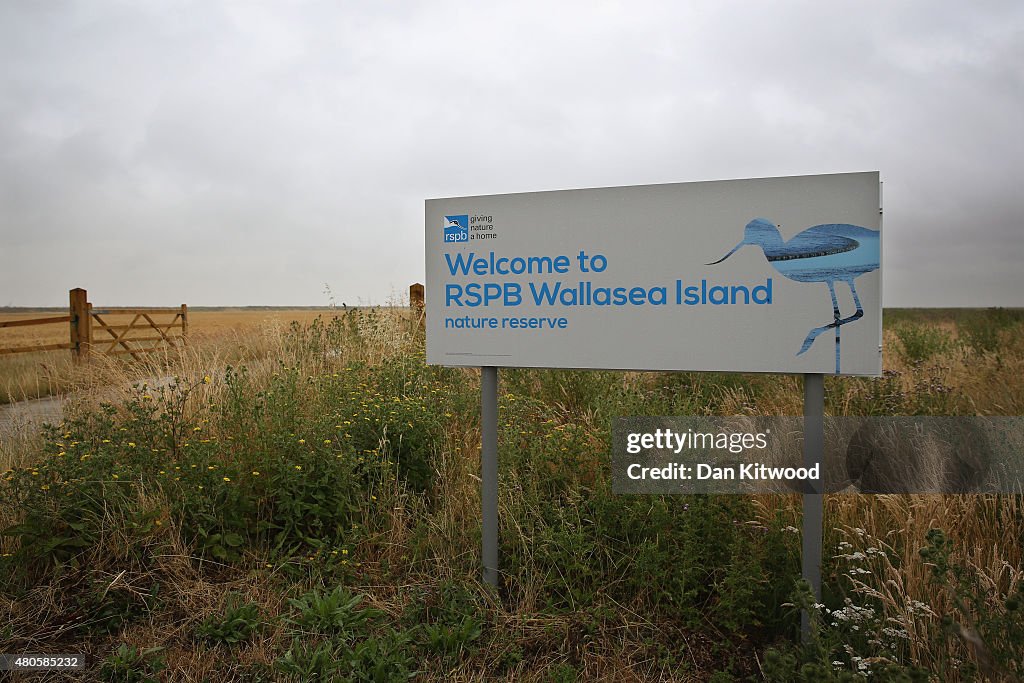Crossrail Debris Is Used For New Wildlife Reserve
ROCHFORD, ENGLAND - JULY 13: A general view of the sign at Wallasea Island Reserve on July 13, 2015 near Rochford, England. Wallasea Island Wild Coast project has been created using around three million tonnes of soil excavated from the Crossrail Tunnel project, which has helped create Europe's largest man-made nature reserve. The construction is transforming the levee-protected farmland into a thriving wetland reserve twice the size of the City of London, as part of a 20 year plan. The site is managed by the RSPB (Royal Society for the Protection of Birds) and hopes to attract an array of wildlife including Avocet, Redshank and lapwing, along with large flocks of Brent geese, Dunlin, Wigeon and Curlew. (Photo by Dan Kitwood/Getty Images)

PURCHASE A LICENSE
How can I use this image?
kr 4,000.00
NOK
DETAILS
Restrictions:
Contact your local office for all commercial or promotional uses.
Credit:
Editorial #:
480585232
Collection:
Getty Images News
Date created:
July 13, 2015
Upload date:
License type:
Release info:
Not released. More information
Source:
Getty Images Europe
Object name:
86210885
Max file size:
5559 x 3706 px (18.53 x 12.35 in) - 300 dpi - 7 MB